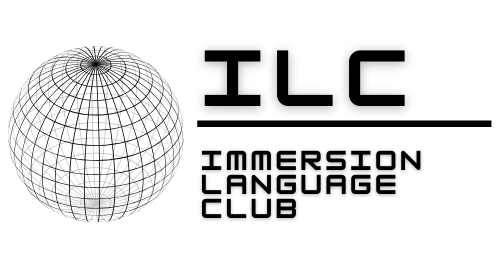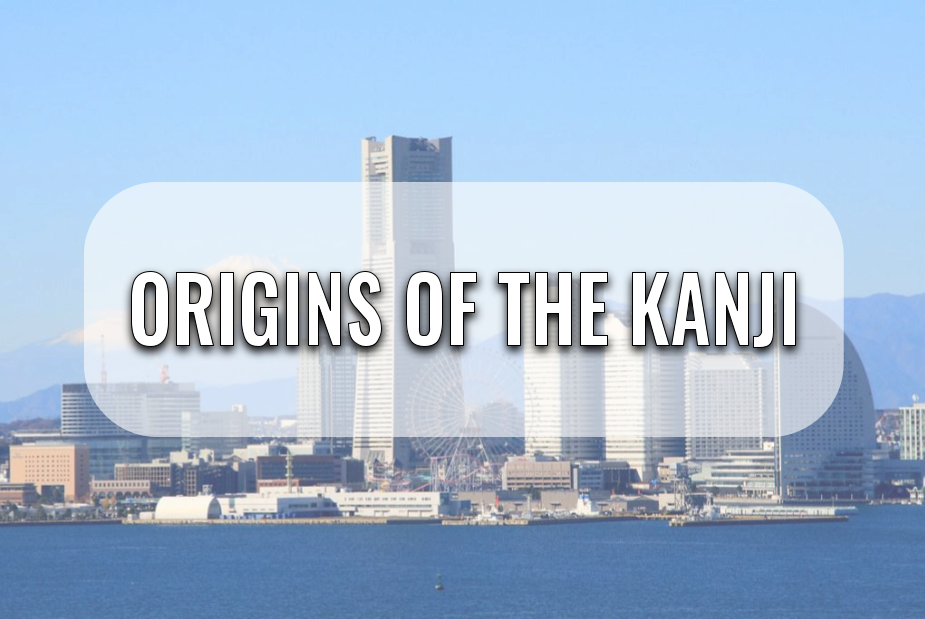Oh, kanji… Yep, it’s time to address that possibly most unnerving and difficult aspect of the Japanese language.
There are already several articles in this blog discussing the number of known kanji (the answer: a lot), as well as the different readings of each character and the like.
In this article, we will specifically explore the origins of kanji and its distinct characteristics that make it differ from alphabets (i.e. the ABCs, or rōmaji as they’re called in Japanese) and from syllabaries (that is, the kana).
Origins of Kanji
Kanji is one of the four (yes, you heard me, four) writing systems used in Japan, along with hiragana, katakana, and rōmaji. (In fact, the kana were themselves derived from kanji, but we’ll explore that factoid elsewhere.) It consists of Chinese characters that were adapted and modified to fit the Japanese language: in fact, the very word “kanji” means “Chinese (Han) character.”
As such, we can say that kanji originated from China as “hanzi” (the Chinese word for them) and were introduced to Japan nearly en masse sometime around the 5th century CE. At that time, Japan did not have a writing system of its own, so it adopted Chinese characters to record its own language -- why create when you can borrow, right?
Over time, the Chinese characters were modified somewhat to fit the language better, as well as unique cultural contexts, resulting in a set of characters that were Japan’s very own and are now used exclusively in that country.
(...Unfortunately, they’re still called “Chinese characters,” however, so that’s a bummer, I suppose. “Japanese Chinese characters” is even more confusing, though. Perhaps we should just stick with “kanji,” if only for disambiguation purposes.)
Characteristics of Kanji
Figuring out what kanji are exactly is sadly more difficult than one might suspect at first.
Linguists often consider kanji characters to be generally logographic, which means that each character represents a word or idea rather than a sound. The development of Japanese kanji over time, however, challenges this notion as many characters are used for only the representation of their sound rather than their meaning.
Regardless, this status of carrying meanings (even in characters only meant to represent certain sounds) makes them quite different from alphabets, which represent individual phonemes, and syllabaries, which represent syllables (more accurately called “morae” in the case of Japanese). As an example, I can take think of the word “kanji” alphabetically and break it down to its component phonemes (“k,” “a,” “n,” “j,” “i”); or I can think of it via the Japanese syllabary (let’s use hiragana) and break it down as “か,” “ん,” and “じ.” (Note how there are fewer syllables to break the word down into than phonemes.) Compare that to the logographic version of the word, 漢字 (kanji), and we notice that we only need two character to represent it: “漢” and “字.”
To dive into the deep end for a moment, kanji characters themselves can often be broken down even further into smaller components, many of which can serve as stand alone characters. For example, 字 (“character”) above has a component 子 (“child”) in it that is its own character. Every kanji also has some one extra-special component that is called its radical and that gives us clues to the meaning and pronunciation of the character.
One further unique characteristic of specifically the Japanese version of these Chinese characters is that each character can have multiple pronunciations, depending on the context in which it is used. This is because many of the kanji characters were adapted from Chinese, and Chinese has many homophones (words that sound the same but have different meanings). And this may also be the straw that breaks the camel’s back for what makes Japanese the most difficult language to learn for native speakers of English. A quick example of this is the character 風 which can be pronounced as "kaze" (wind) or "fū" (style), depending on the context.
One of the most daunting tasks for beginning Japanese learners is most certainly that kanji require memorization of a (very) large number of characters. There are over 2,000 kanji characters that are commonly used in Japanese (known as the Jōyō kanji), and the average educated Japanese person probably knows around 3,000 to 4,000 characters. Daunting, yes, but it is nonetheless essential for eventually reading and writing in the language.
Differences from Alphabets and Syllabaries
It’s important to stress again that one of the main differences between kanji and alphabets/syllabaries is that kanji characters are not phonetic. The pronunciation of a word cannot be determined by simply looking at its written form, as is the case with alphabets and syllabaries. (Alternatively, characters in alphabets and syllabaries don’t carry inherent meanings with them as kanji do.)
This means that we learners of Japanese must memorize the pronunciation (or “reading”) of each individual character and how it is used in words and phrases. That said, there are certainly means and methods to learning these readings in an efficient manner, which I’ll detail further in <link>another post</link>.
For now, perhaps another incentive for learning these wacky characters, beyond being able to understand written Japanese, is that Chinese characters are not themselves used exclusively in Japan (even if we can say that kanji are). Chinese languages as well as several other East Asian countries, including Korea and Vietnam, have utilized in the present or the past their own passed-down versions of these characters.
Which means that if I’m visiting somebody’s Chinese YouTube channel, one can often at least get the gist of what the topic of conversation is, and perhaps what’s being said, even if one’s Chinese is perhaps subpar. We could even go as far as to say that this makes kanji a valuable tool for communication and cultural exchange in the region.
In summary, kanji is a unique writing system that originated from China and was adapted over the years to fit the Japanese language and culture. Its logographic nature and use of component parts make it a distinctive way of representing words and ideas. While it requires memorization of a large number of characters, it is an essential part of reading and writing in Japanese. Despite its differences from alphabets and syllabaries, kanji is also an invaluable tool for communication and cultural exchange in East Asia.
And if you're interested in mastering these and other important aspects of Japanese kanji, I recommend looking no further than IJC's Cracking the Kanji Code Course, as well as it's sequel for starting with your first 80 JLPT N5-Level kanji in our Level 2 Kanji Course.
Happy studies!



